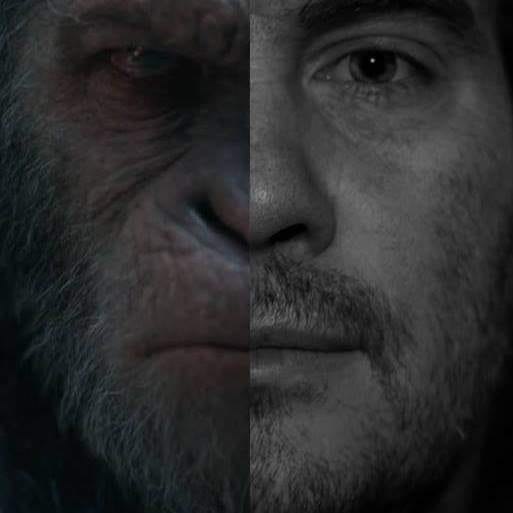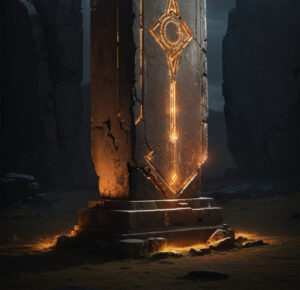There’s a certain gravitas to an old house. Its timber groans with whispers of lives lived, its faded wallpaper patterns hint at countless dinners and hushed conversations. Here in Te Puke, as elsewhere, these structures stand as quiet sentinels of the past. We often speak of “preserving history” when we talk about old homes, but what if these houses hold more than just memories? What if they contain the echoes of a deeper, more unsettling human history—a history we’re only now truly learning to unlock?
From a Girardian perspective, an “old house” isn’t just a physical structure; it’s a metaphor for the foundational beliefs that societies build upon. For millennia, human communities sought stability through what René Girard termed “sacred violence”—the belief that the sacrifice of a designated victim could cleanse the community, restoring peace and order. This ancient mechanism, woven into the very fabric of early cultures, built the “houses” of our civilizations. The idea was simple: by uniting against a common scapegoat, internal rivalries (mimetic desires) were momentarily diffused.
In the ancient world, this often manifested in sacrificial rituals, often overseen by a priestly line—those who maintained the “works” of sacrifice, believing these acts secured their community’s well-being. This was their “house built on sand,” seemingly stable but founded on a destructive illusion. They genuinely believed that by murdering an innocent—be it an albino, a virgin, a child, or a “son of god” in various mythologies—they were saving their community. It’s a compelling, albeit terrifying, logic that held sway for centuries.
Yet, running parallel to this, history—especially as illuminated through a biblically informed lens—reveals a counter-narrative. This is the thread of the prophets, voices consistently challenging the very ideology of sacred violence. From the Old Testament prophets who decried injustice and empty ritual sacrifice, to the ultimate revelation in Jesus, this line of thought systematically exposed the “temple cult” as erroneous. Jesus, in his life and crucifixion, didn’t just fulfill prophecy; he exposed the foundational lie of sacred violence. His death, far from saving anyone through a traditional sacrificial lens, ripped apart the illusion that killing an innocent could bring salvation. Instead, it revealed the collective guilt of humanity and the arbitrary nature of the victim.
The enduring charm of an old house, then, transforms from mere nostalgia to a profound lesson. What kind of “house” are we building today? Are its foundations still subconsciously rooted in scapegoating—blaming others for our problems, seeking unity through shared hatreds, or perpetuating cycles of “sacred violence” in modern forms, whether political, social, or economic?
The true preservation of history isn’t just about restoring old bricks and mortar; it’s about understanding the foundational stories these structures represent and consciously choosing a different path. A house firmly built on the rock is one that has moved beyond the archaic need for scapegoats. It’s a community, a culture, or indeed a personal life, invested in unconditional love and radical inclusivity, where the sacred is found not in exclusion or violence, but in the inherent dignity of every person.
Just as an old house can be renovated to remove outdated, unstable elements, so too can our societal “houses” be rebuilt on principles that reflect a journey away from sacred violence. The enduring charm of the old house, therefore, lies not just in its aesthetics, but in its capacity to provoke us to look deeper, to unlock the stories of our past, and to build a future grounded in genuine peace.
























What do you think?
It is nice to know your opinion. Leave a comment.